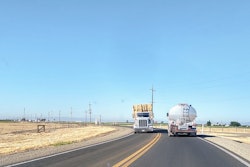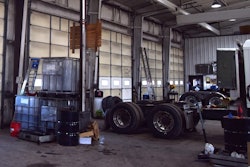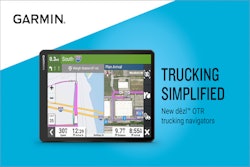A version of this column by longtime Overdrive Extra contributor Clifford Petersen was sent by the writer to his Congress representatives in Missouri, likewise filed to the regulatory docket the Federal Motor Carrier Safety Administration has opened asking a series of questions around speed-limiting technology. FMCSA extended the comment period this week through July 18.
Several times over the last couple of decades truckers have expressed concerns on how dangerous differential speed limits, or separate limits for cars and heavy trucks, can be for our nation’s highway users. Yet once again, the Federal Motor Carrier Safety Administration appears to be ignoring its own findings and disregarding the many studies whose results speak to that effect. As Overdrive readers are likely well aware at this point, FMCSA is making moves to to mandate more control over truckers’ businesses and personal safety with a potential rulemaking to require use of speed-limiting technology.
As far back as 1964, studies noted the variance created by different speed limits for cars and trucks increased the likelihood of interaction, resulting in more cars' rear-end collisions with trucks. Up closer to the present day, implementation of differential speed limits on two-lane rural highways were found in 2012 to have correlated with a more than 60% increase in fatal accidents.
Those are but two studies. Others have clearly shown increased accident probability by virtue of the simple fact that two classes of vehicles traveling at differing speed limits will inevitably lead to an increase in overtaking maneuvers, shorter following distances, and more.
An analysis conducted by the Federal Highway Administration division devoted to technology and research in 2004 analyzed the safety impacts of a wide variety of speed-limit policy changes, including shifts to and away from differential speed limits and unified speed limits. Not one single state experienced a significant decrease in crash rates. Yet in states that moved from a unified to a differential speed limit, a fatality became a more likely result for a crash.
In other words, states that changed from a single speed limit for both cars and trucks to a differential speed limit recorded an increase in crashes where fatalities were the result.
This, folks, is simple physics. Newton's third law of motion states that when two objects interact their collision transfers force equal in magnitude and opposite in direction – the proverbial equal and opposite reaction we’ve all been taught. If a car traveling at 75 mph impacts a wall, the sudden decrease in velocity transfers as much force of impact back to the vehicle formerly in motion as it does the wall.









